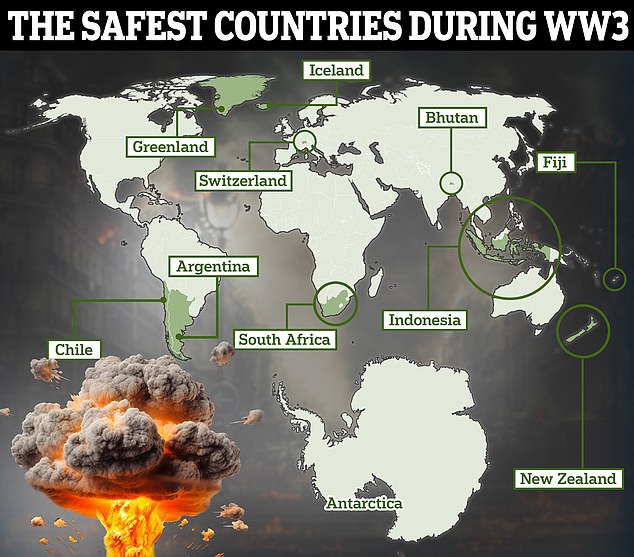The recent rise in global conflicts has led to speculation that a Third World War could be on the horizon.
Walkie-talkies, solar panels and fingerprint recognition devices used by Hezbollah fighters detonated across Lebanon, killing 20 people and wounding hundreds, including mourners at a funeral, witnesses and security sources said.
The second wave of killings comes a day after thousands of explosive beepers used by the group left nearly 3,000 people injured and a dozen dead, including civilians and children.
Lebanese media also reported that solar home power systems have exploded in several areas of Beirut.
Some people, concerned about the prospect of a world war, are interested in knowing which countries in the world would be the safest if a war broke out.
So which countries are safest if World War III breaks out?
Read on for the full list and to see where you would be safest in the event of another world war.
This map shows some of the safest countries you could be in if World War III broke out.
Antarctica
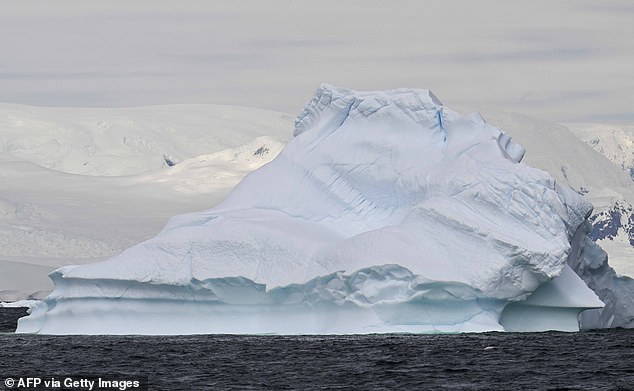
An iceberg is seen in the Gerlache Strait, which separates the Palmer Archipelago from the Antarctic Peninsula, Antarctica, on January 16, 2024.
The list begins with a place that is not a country, but a large continent.
While Antarctica may be famous for its extreme tourism, beautiful scenery and icy terrain, it is unlikely to be frequented by many people in the possible event of a Third World War due to its location as the southernmost point on the planet.
Argentina
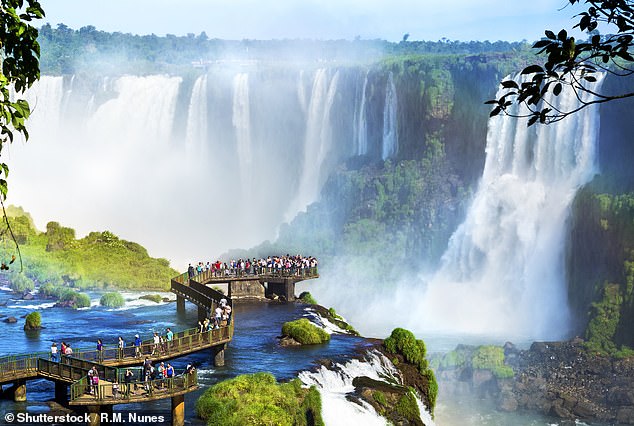
Tourists at Iguazu Falls, one of the great natural wonders of the world, on the border of Brazil and Argentina
While Argentina has a history of being involved in conflict, most notably the standoff with the United Kingdom over sovereignty of the Falkland Islands in 1982, the South American country has been found to be the place most likely to survive famine after a nuclear war.
Studies have shown that dropping 100 nuclear bombs could release so much smoke that the sun could be blocked out, leading to famine and crop failure.
As a result, Argentina would be a good place to live thanks to its abundance of hardy crops, such as wheat.
Bhutan
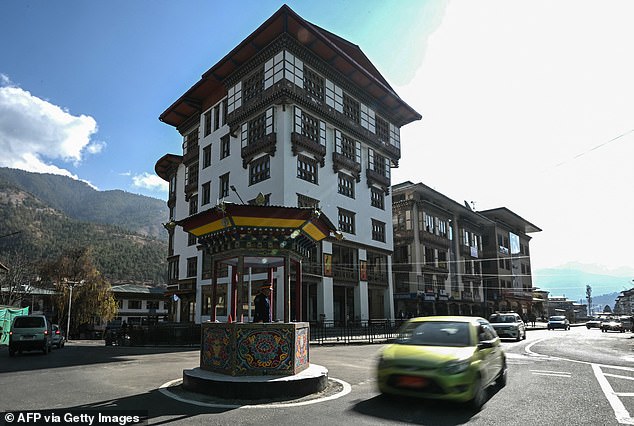
In this photo taken on Jan. 10, 2024, a traffic policeman directs traffic in Bhutan’s capital, Thimphu.
After joining the United Nations on 21 September 1971, Bhutan declared itself neutral in any conflict.
This stance means that it often ranks high on the Global Peace Index.
The combination of being landlocked and its large number of mountainous regions means that Bhutan would be particularly safe if World War III ever broke out.
Chili
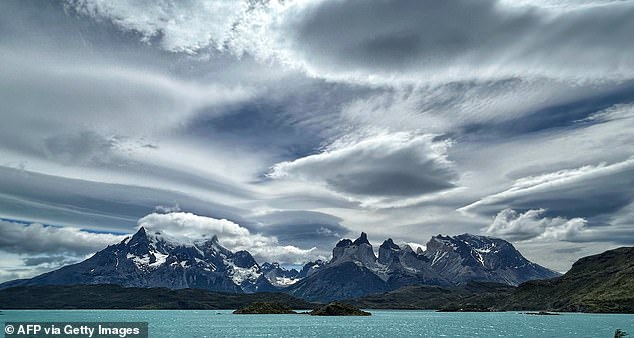
View of the Paine massif in Torres del Paine National Park, in the Magallanes Region, southern Chile, 400 km northwest of Punta Arenas, on January 7, 2024
Next on the list is the country with the longest coastline in the world, stretching 4,000 miles (6,435 kilometers) in total, meaning it would span the distance between Moscow and Madrid.
Like its neighbor Argentina, Chile has a wide variety of crops and natural resources.
Its level of development is arguably the most advanced in South America, so although it may feel isolated, its level of infrastructure and access to modern technology means it could be the ideal location if World War III were to break out.
Fiji
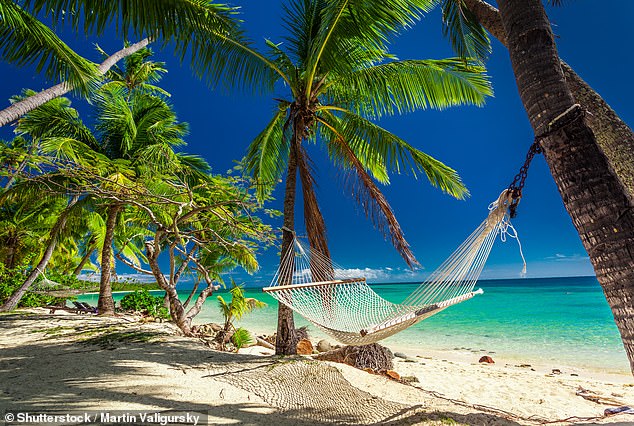
Empty hammock in the shade of palm trees on the tropical paradise island of Fiji
For anyone who wants to be in a remote country at the time of the outbreak of war, Fiji could be the ideal place. The island nation, located in the southwestern Pacific Ocean, is about 4,300 kilometres from its nearest country, which is Australia.
This, coupled with a possible lack of military strategy as its army has only 6,000 men, means it also ranks highly in the Global Peace Index.
With much of its land made up of dense forests, as well as an abundant supply of minerals and fish, Fiji could be the perfect place to live during World War III.
Green Land
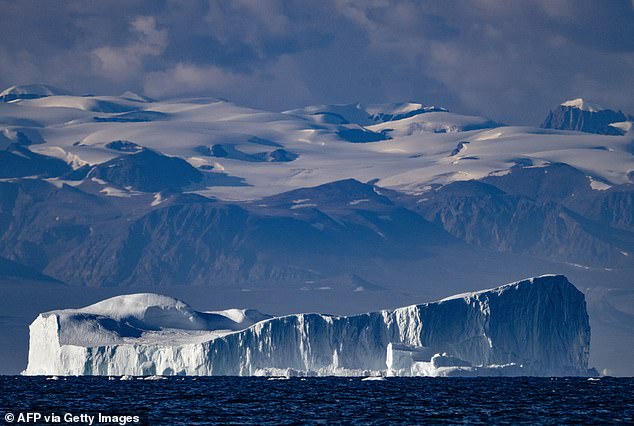
This photograph taken on August 16, 2023 shows an iceberg, a few hundred metres long, drifting along Scoresby Sound in eastern Greenland.
The island of Greenland, which belongs to Denmark, is the largest island in the world.
Greenland is notoriously remote, mountainous and politically neutral, making it an ideal refuge point in an emergency.
He also has an estimated popularity of 56,000 people, meaning he is unlikely to be targeted by any global superpower.
Iceland
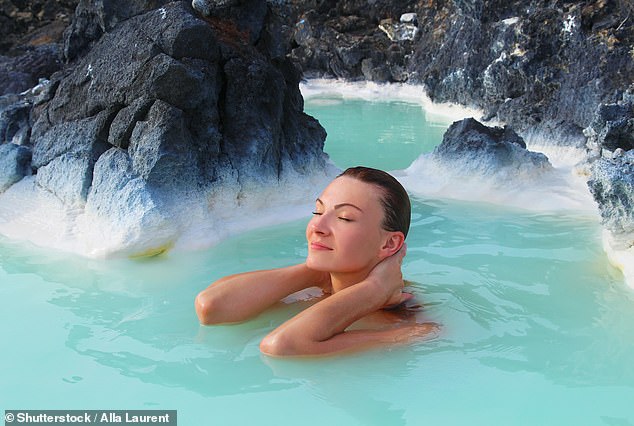
A woman with her eyes closed relaxes and enjoys the spa in the hot springs of the Blue Lagoon in Iceland
Iceland has consistently topped the Global Peace Index, earning it a reputation as one of the most peaceful countries in the world.
In addition to being particularly remote, Iceland would not have to worry about depending on other countries for resources, thanks to the presence of freshwater reserves, marine resources and renewable energy sources.
Indonesia
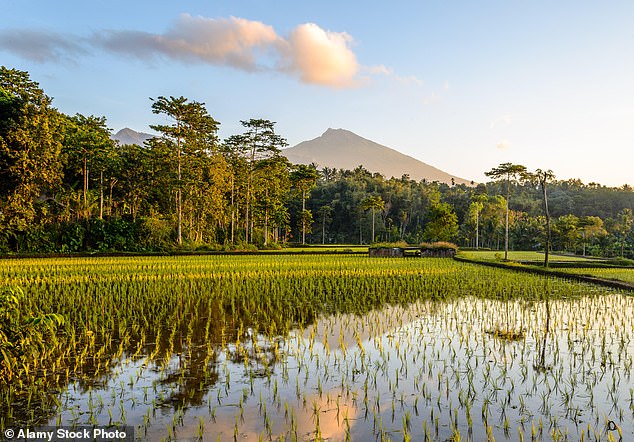
Pictured: Terraced rice fields at sunrise in Lombok, Indonesia. In 1948, the country’s first president, Achmed Sukarno, coined the term “free and active” to describe his foreign policy.
Like other countries on the list, Indonesia is included thanks to its typically neutral stance on political issues around the world.
In 1948, the country’s first president, Achmed Sukarno, coined the term “free and active” to refer to his foreign policy.
This referred to the fact that they act independently in international affairs and are more concerned with creating world peace.
New Zealand
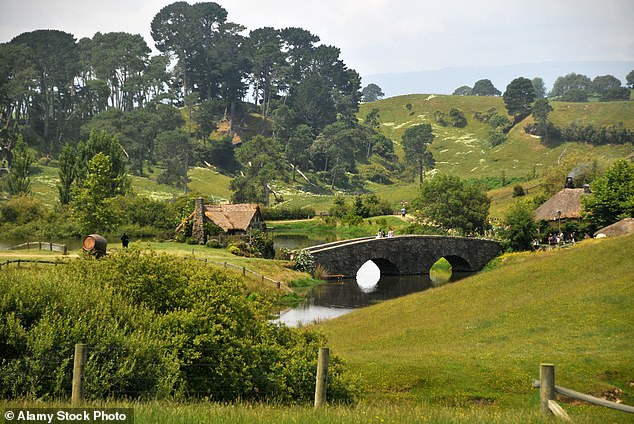
Pictured: The setting for the Hobbiton film on New Zealand’s North Island. The country ranks second in the Global Peace Index and has long been admired for its impartial approach to conflict.
New Zealand ranks second in the Global Peace Index and has long been admired for its impartial approach to conflict. If attacked, the country’s mountainous terrain offers its citizens perfect protection.
South Africa
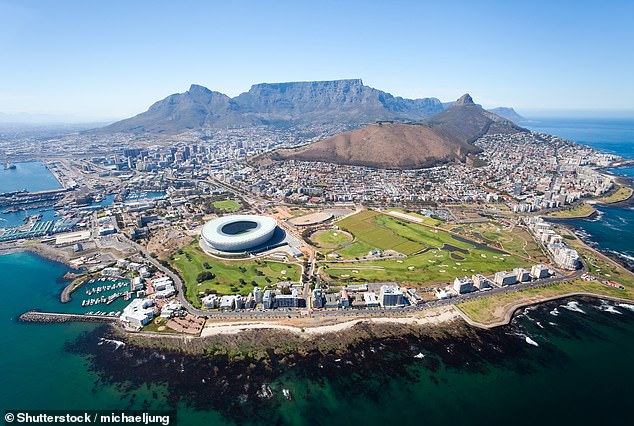
An aerial view of Cape Town, South Africa, with the world-famous Table Mountain in the background
South Africa earns its place by being home to multiple food sources, along with abundant amounts of fertile land and fresh water.
The country’s modern infrastructure could also increase its chances of survival if a Third World War were to break out.
Swiss
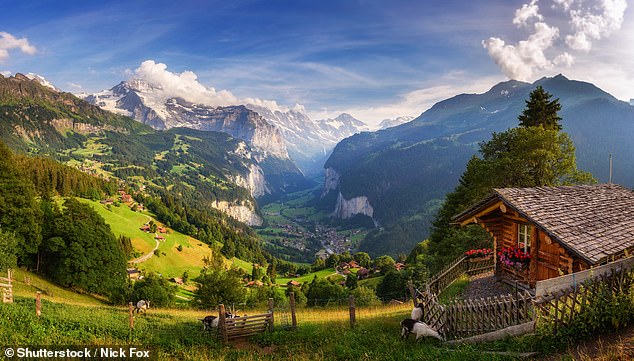
Panorama of the Lauterbrunnen Valley located in the Swiss Alps near Interlaken in the Bernese Oberland of Switzerland, also known as the Valley of the Waterfalls
Of all the countries in the world, Switzerland is perhaps the country most uniquely and easily associated with political neutrality.
The country has been known for its strong stance – or lack thereof – on matters relating to international politics for nearly 200 years, and is well protected by its mountainous terrain, landlocked geography and numerous nuclear shelters.
Tuvalu
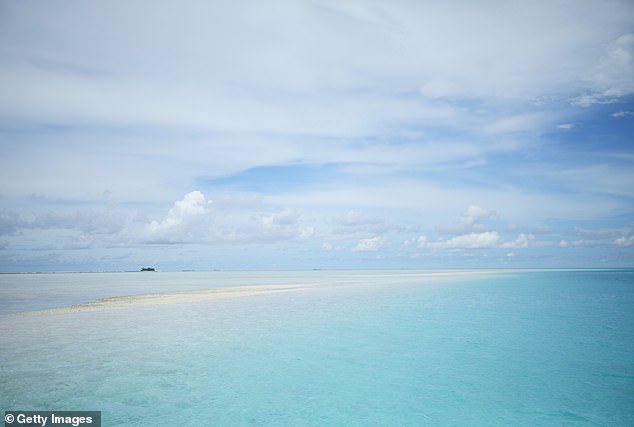
Tuvalu, formerly known as the Ellice Islands, is located in the Pacific Ocean, approximately halfway between Hawaii and Australia. Pictured: View of the sea from Funafuti
Formerly known as the Ellice Islands, Tuvalu is located in the Pacific Ocean, approximately halfway between Hawaii and Australia.
An extremely low population of just 11,000 means that infrastructure is poor compared to major Western nations.
Since natural resources are also scarce in Tuvalu, it would seem to be an undesirable target in the event of a possible Third World War.

